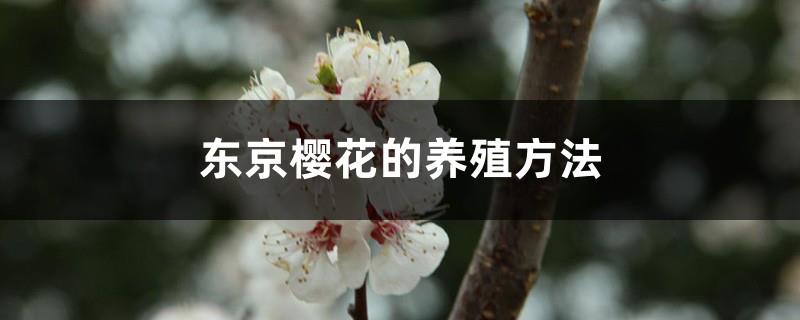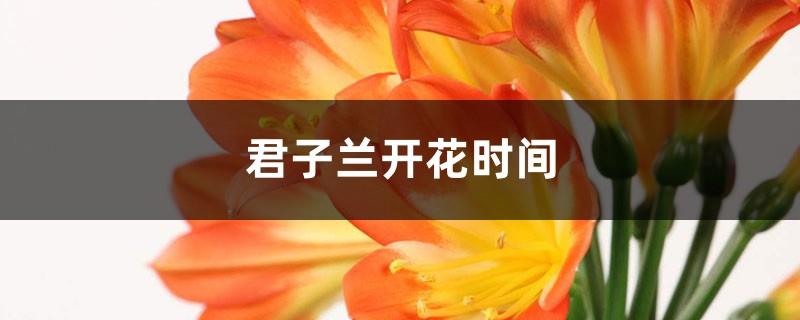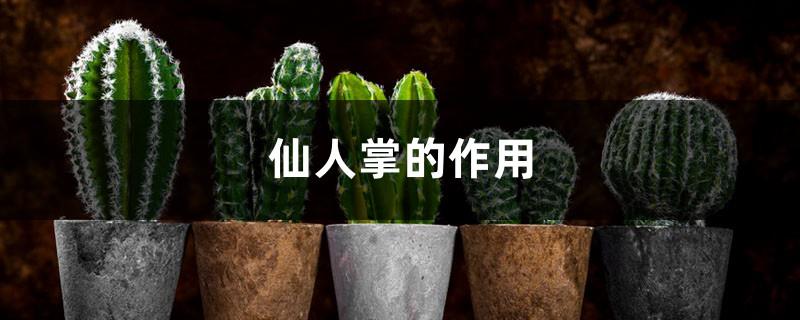Tokyo cherry blossom cultivation methods and precautions
Last Update :2024.04.26
Article Catalog
3. Problem diagnosis and treatment
Soil: The root system of Tokyo Sakura grows relatively shallowly, and loose, thick, and well-permeable sandy loam is most suitable for its growth. Moisture: It has a large demand for water. When watering, it should be watered thoroughly, but there should be no accumulation of water. Nutrients: It is best to use acidic fertilizers for fertilization. This kind of fertilizer can provide sufficient nutrients to make it grow more vigorously. Light: Sufficient light absorption can make it grow better, but it is not suitable to receive strong direct light.

1. Maintenance methods
1. Maintenance methods
1. Soil: The soil for planting should be loose, thick, and well-permeable sandy loam. Because the root system is relatively shallow, sandy loam is more suitable for the growth of plants. .
2. Moisture: It is a water-loving plant and has a large demand for water and frequent irrigation. The amount of water is generally based on the standard of pouring it thoroughly without stagnant water, which can promote its absorption of water and enable better growth.
3. Nutrients: Fertilizers generally use acidic fertilizers, and the frequency of fertilization does not need to be many, just twice. Generally, the time for fertilizing is in winter and after flowers fall. Use decomposed fertilizer and spread it evenly around the plants, or dissolve it in water and irrigate, which is more conducive to the absorption of nutrients.
4. Light: Tokyo cherry blossoms like to grow in mild, sunny places. Adequate light absorption can make them grow faster and more vigorously. However, direct exposure to strong light is not allowed. Too much light can easily cause sunburn.
2. Breeding skills
1. Pruning: After planting, there will be withered branches and leaves, complicated branches, branches and leaves infected by diseases and insect pests, which need to be pruned. Pruned branches should be buried to avoid infection of other healthy branches. After pruning is completed, it can ensure that the plants can grow more vigorously with light and air permeability.
2. Reproduction: Grafting is often used for reproduction, and the survival rate of grafting is relatively high. The time for grafting is between March and late August. Just insert the branches into the rootstock and then cover them with a film to keep them warm.
3. Diagnosis and Treatment of Problems
1. Aphids: A common pest is the aphid, which mainly sucks the sap of its buds. Untimely control will affect the growth of the plants, which can be solved by spraying with a rinse-type spray.
2. Leaf blight: When the disease occurs, small yellow-green spots will appear on the branches and leaves. If not treated in time, they will turn brown and cause the diseased leaves to dry up and die but not fall off. Prevention and treatment methods can be selected Spray diluted carbendazim.
4. Other questions
1. How to survive the winter: Tokyo cherry blossoms have a certain degree of cold resistance. They can still grow normally when the temperature is no less than minus 20 degrees Celsius in winter. of. Watering should be appropriate in winter to avoid freezing after watering due to low temperatures, which may cause damage to the plants.
2. Can it be grown at home: Tokyo cherry blossoms can be grown at home. Their colorful pink flowers and dense blooms are very suitable for growing and viewing at home.
2. Breeding skills
3. Problem diagnosis and treatment
4. Other issues
- END -
Clivia flowering time, Clivia flowering period

Clivia blooms from February to May every year. It can bloom 2-3 times a year. It m...
Introduction to cactus, functions of cactus

For people to watch: Cacti have high ornamental value and can be grown in pots for...